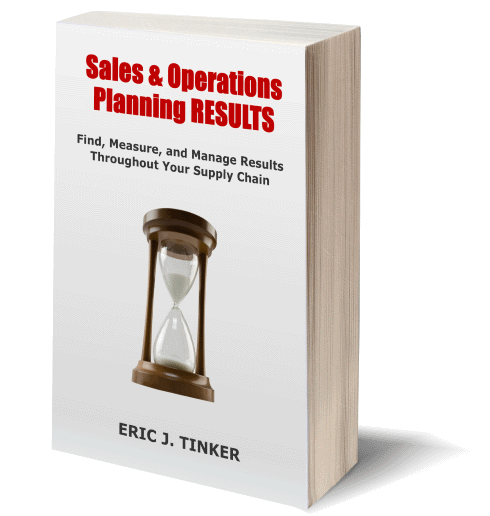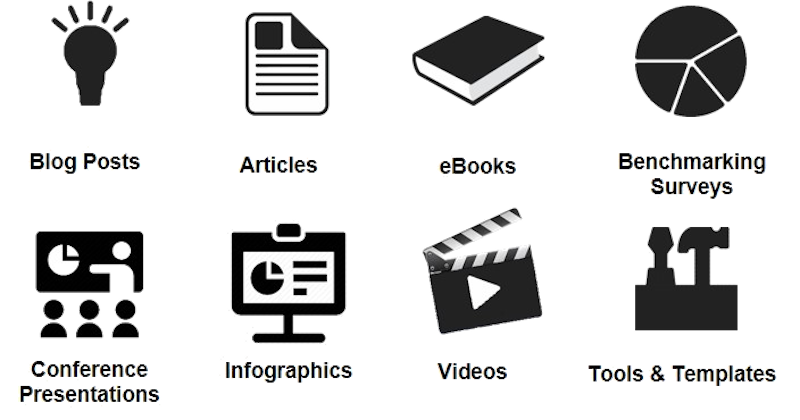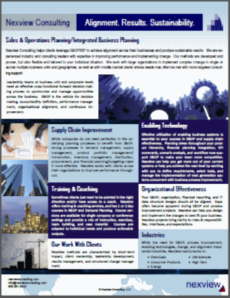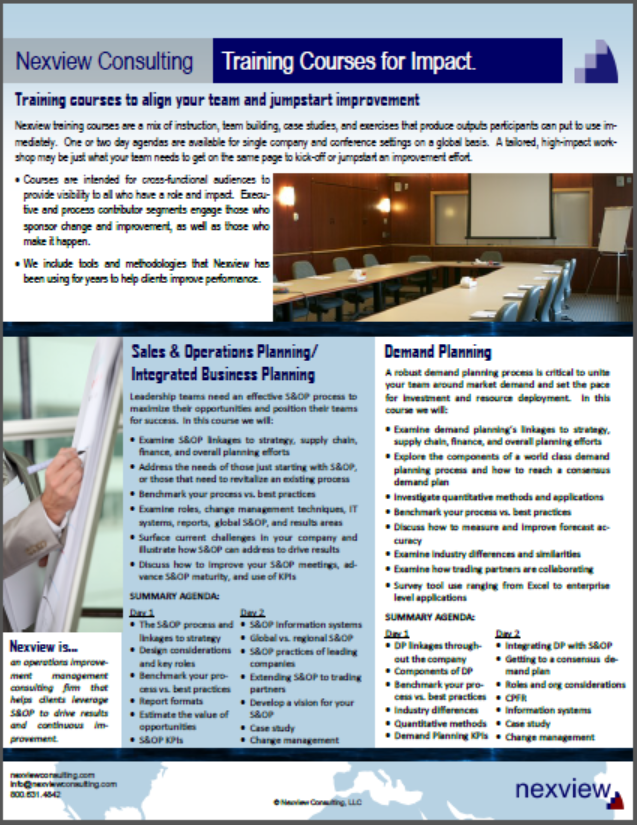Prepare Your Supply Chain Before the Hurricane Strikes

As if companies don’t have enough challenges on a day-to-day basis, there are natural disasters to deal with too. After immediate safety and basic needs are met, company leaders need to take care of their stakeholders’ future livelihoods: their company’s abilities to compete and create opportunities. The hurricane season of 2017 will be remembered for many years to come. It is the first time two Category 4 storms have ever hit the United States in a single season. The negative economic impacts are just unfolding and they aren’t good. Estimates for Harvey are in the $70-100 billion range, and although early, I saw one on Irma that was a staggering $300 billion.
In the wake of hurricane Harvey, PetroChem Wire reported that 61% of the ethylene production in the United States went offline. Estimates of a return to full production are a lengthy two months. Ethylene is a critical base chemical and its 2016 worldwide production of over 150 million metric tons was greater than that of any other organic compound produced. It is used in everything from food packaging, to diapers, to fruit production, to countless other chemical processes. Prices are on the rise for this building block of the economy. Some in the US are turning to international supplies, complicating supply chains and decision making.
Meanwhile Hurricane Irma in Florida is estimated to have wiped out up to 20% of the state’s citrus crop, a large component of the $150 billion agriculture industry in the state. On the flip side, demand for building materials will increase or be accelerated.
What can companies do about things like this? You can’t control Mother Nature, but you can be better prepared to deal with the uncertainty and volatility brought about by disasters and other unplanned situations.

There are a couple options:
Option 1: All hands on-deck when it hits, hope for the best
Option 2: Be skilled in a structured framework for cross-functional planning, decision making, scenario simulation, and quantitative impacts on plans
In the hurricane situation, here’s a few questions companies are working on:
- Which customers do we need to short?
- Should we source internationally? Should we make or buy?
- Do our processes and systems provide adequate visibility for us to keep step with supplier price increases? Is everyone responsible for our pricing using the same information and criteria?
- Should we make more of this or that, now that the costs of raw materials have changed?
- What are we going to do to make up the revenue and earnings shortfall? Wall Street doesn’t care about the weather.
- What am I going to tell the board at the meeting next month?
These aren’t easy questions for the best of companies in the best of times, let alone when working in the “all hands on-deck” crisis mode of Option 1.
I vote for Option 2 – S&OP:
What I’ve described in Option 2 is Sales & Operations Planning. The process itself doesn’t provide the silver bullet answers to the questions above, but it does give a management team the framework and best fighting chance to be ready and make these decisions most effectively.
The monthly S&OP process where things happen at the normal frenetic pace, forces the tough questions and continually develops the capabilities to answer them.
Through S&OP you realize things like:
- Your customers aren’t segmented effectively or worse, you have management and behavioral issues and your segments aren’t followed. S&OP makes this visible, you fix it and measure the impact in an orderly way.
- Your pricing is off, perhaps due to a lack of cost visibility, uncoordinated approach, or other reason. You fix it and measure the impact.
- You don’t know if it’s better to source this way or that way. You fix it and measure the impact.
- You don’t know what your true demand is or have coordinated way to deal with the variation. You fix it and measure the impact.
Perhaps you have these particular examples under control, but there are countless others, you know the ones your company needs to work on.
Shore up your S&OP process
Most higher-performing companies have S&OP by now. Companies are in different places in their S&OP maturity journeys, but here are a few things everyone can work usually on.
- Define your maturity path. There are many models out there. Define one that fits your company. Put your planned growing capabilities on a time scale and work toward them over time.
- Data and business simulation capabilities are usually gaps. Tools are cheaper and easier to implement now. By the time your staff does some heroic manual study from scratch after the hurricane hits, you’re a dinosaur.
- Figure out why people skip the meetings. Are they too long and detailed? Are the real decisions that run the business being made somewhere else? If so, why should anyone go?
- Make sure results from S&OP and improvements in the underlying processes are measured. Make it visible. A focus on change management, behaviors, and a positive culture are all great (really!), but hard numbers are just difficult to argue with. You fix it and measure the impact!
A strong S&OP process that develops the capabilities of leaders and underlying processes can be a Category 5 weapon for any disaster or business challenge. Don’t wait to make yours as strong as it can be!













